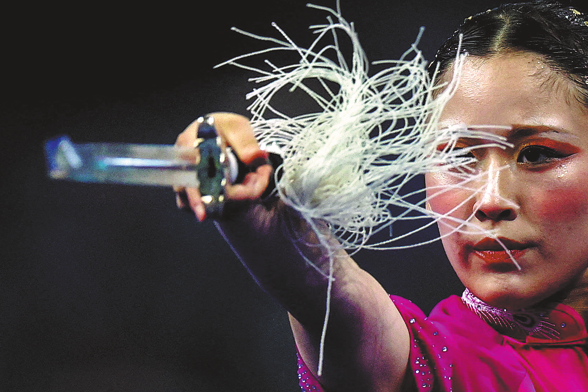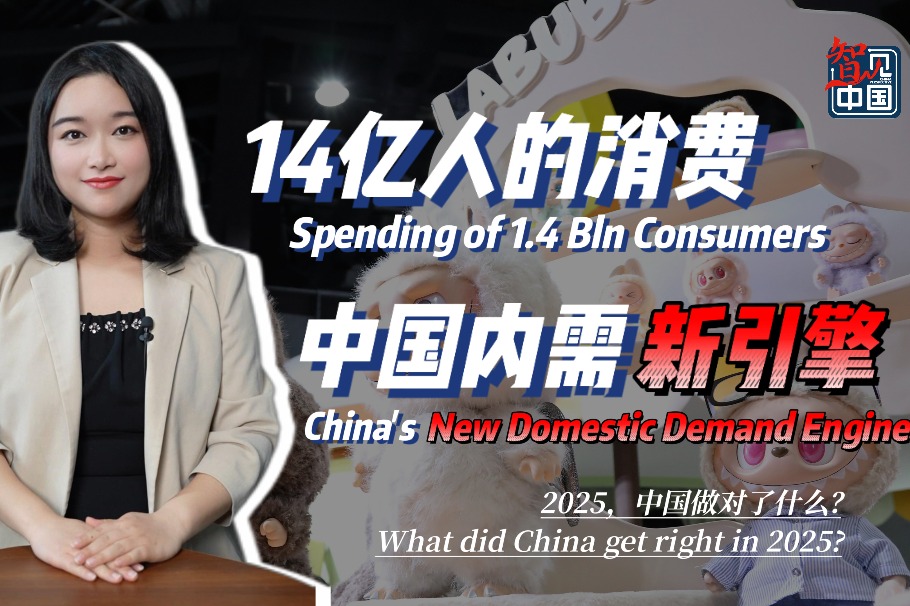Trade-in campaign bearing fruit
Promotional program aims to boost consumption, spur on economy
By OUYANG SHIJIA | China Daily | Updated: 2024-09-26 08:04
China's accelerated push for promoting trade-in deals for products is paying off, with significant growth in consumer spending on key goods like automobiles and home appliances, providing a solid base for continued economic recovery in the following months, said officials and experts.
Although the broader economy is still facing pressure from lackluster domestic demand and mounting external uncertainties, they said the trade-in policy will further boost consumption as well as spur investment and production in relevant sectors and products.
"The push for driving trade-in deals for consumer goods has effectively stimulated consumption potential, directly driving rapid sales growth among key consumer goods including automobiles, home appliances and home furnishings," said Wen Hua, deputy director of the Department of Resource Conservation and Environmental Protection at the National Development and Reform Commission, the country's top economic regulator.
Wen said at a news conference held by the NDRC in Beijing on Wednesday that the policy measures also effectively boosted investment and profitability in related industries, further enhancing the development momentum of relevant enterprises.
Geng Hongzhou, an official with the Ministry of Commerce, noted that the trade-in policy is crucial to boosting consumer demand, adding that localities will be urged to accelerate the push for promoting the policy amid the upcoming shopping spree in October.
Their remarks came after the government allocated 150 billion yuan ($21.36 billion) in ultra-long-term special treasury bonds in August to support trade-in deals for consumer goods.
From Sept 1 to Sept 22, sales of passenger cars grew 10 percent month-on-month, while sales of new energy vehicles rose 7 percent on a monthly basis, said the China Automobile Dealers Association.
Citing third-party monitoring data, Wen said sales of refrigerators with high energy efficiency, air conditioners, washing machines, gas stoves and televisions grew sharply during the Sept 2-15 period, registering year-on-year increases of 27.1 percent, 135 percent, 22.4 percent, 49.7 percent and 220.9 percent, respectively.
Wen said the policy has also stimulated both investment and production of relevant sectors.
NDRC data showed investment in consumer goods manufacturing rose 14.9 percent year-on-year in the first eight months, while output of consumer goods manufacturing increased by 4.2 percent year-on-year in August.
Looking ahead, Huang Hanquan, head of the Chinese Academy of Macroeconomic Research, said China's economy will continue the recovery trend with a series of stimulus policies taking effect gradually, including the use of funds for promoting trade-in programs for consumer goods.
Wang Shengli, an official with the State Administration for Market Regulation, said the administration has placed great emphasis on ensuring the quality and safety of newly purchased products under the trade-in scheme.
So far, around 53,000 batches of products, including household appliances, e-bikes as well as home furnishing materials have been inspected nationwide, resulting in the detection and disposal of over 5,600 batches of defective products, Wang said.
Localities have sped up the implementation of the trade-in policy in a bid to further spur consumer demand and boost economic growth.
As of Tuesday, nearly 11 billion yuan had been disbursed in subsidies for trade-in deals for automobiles.
























